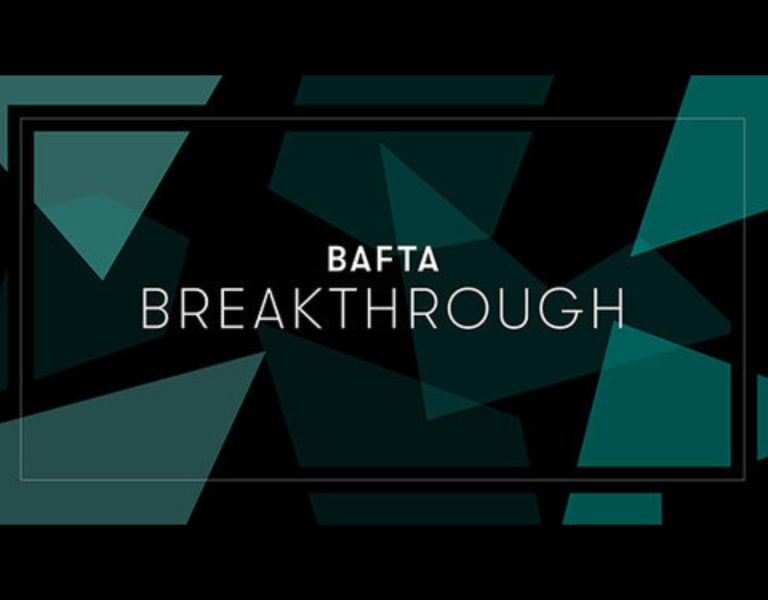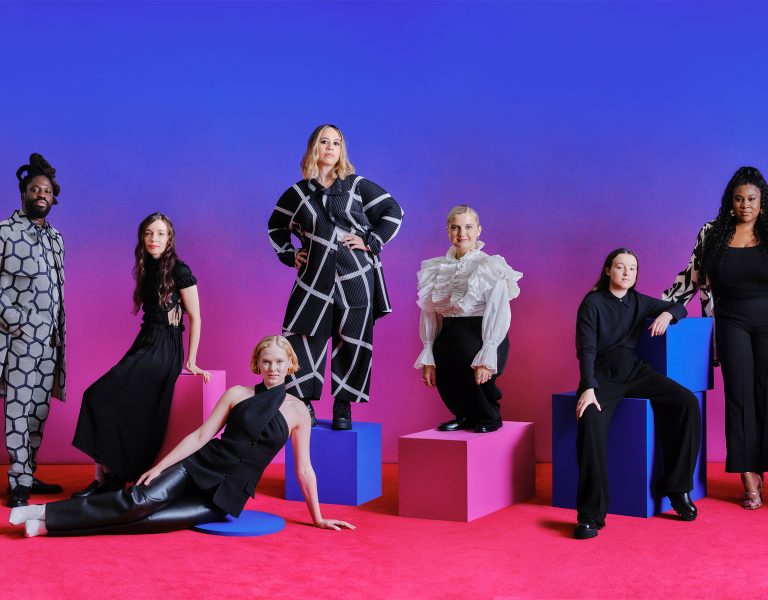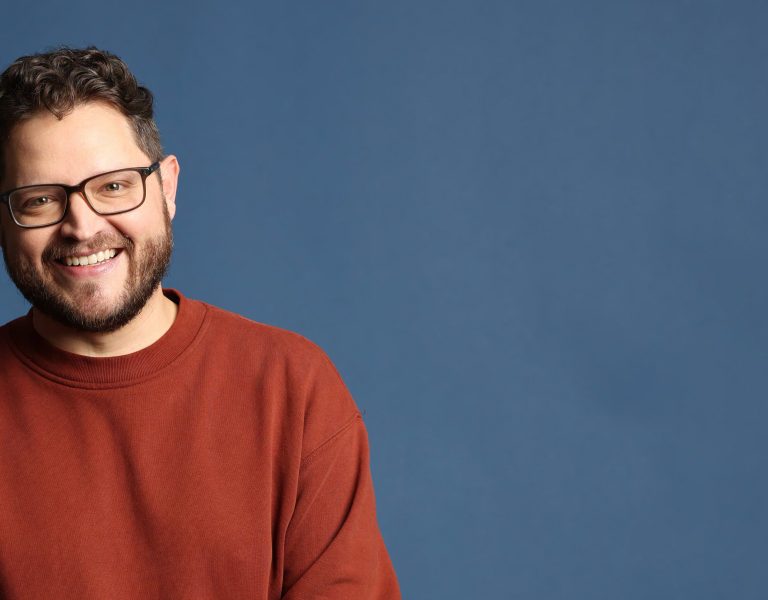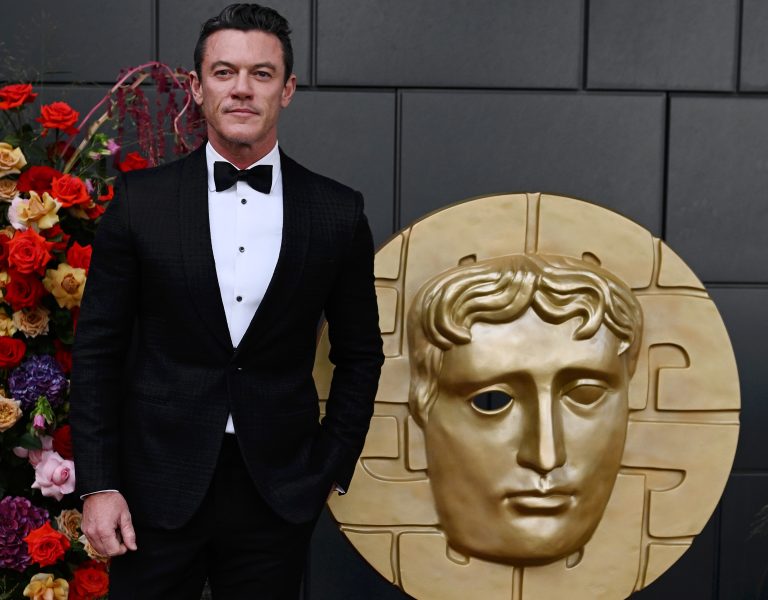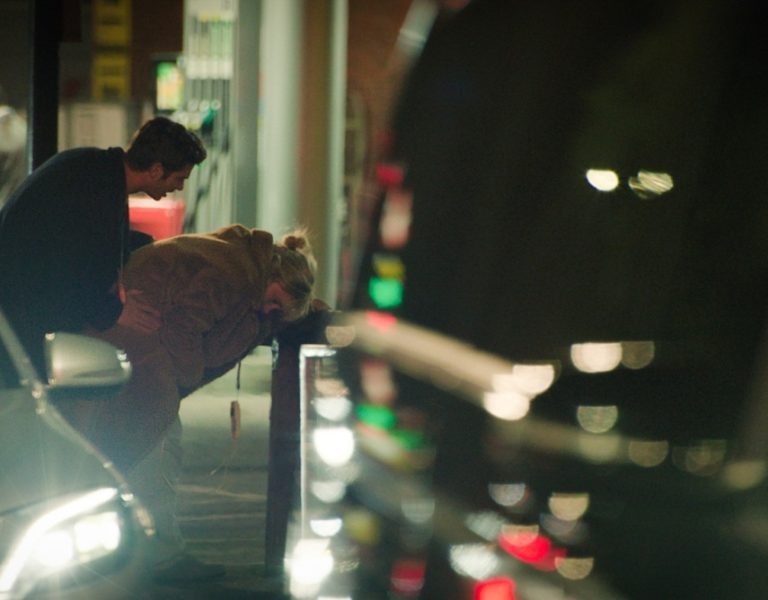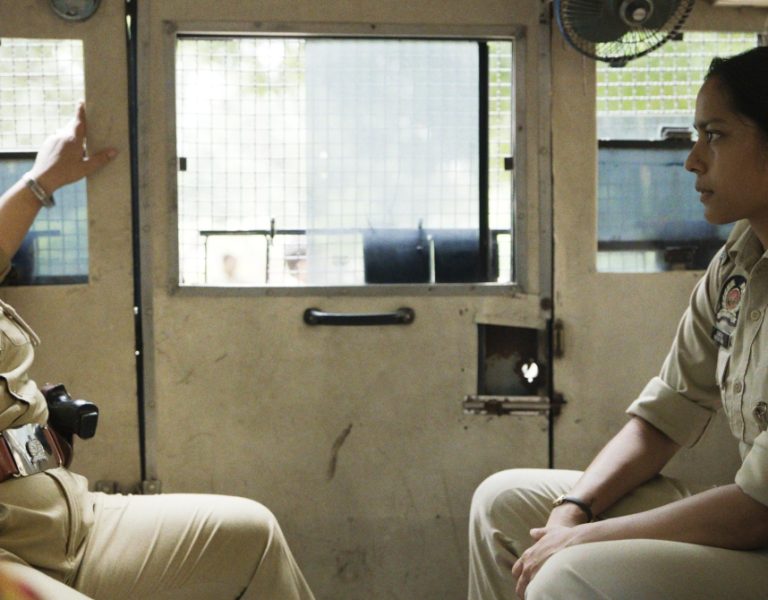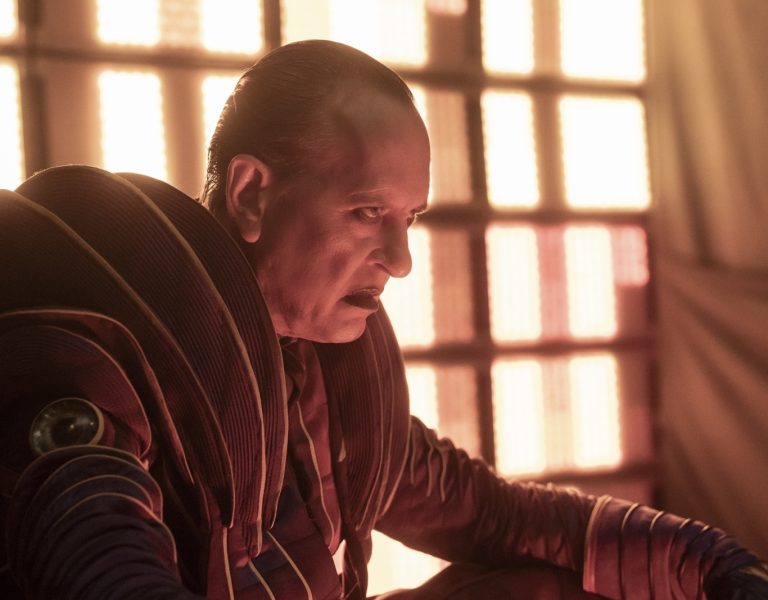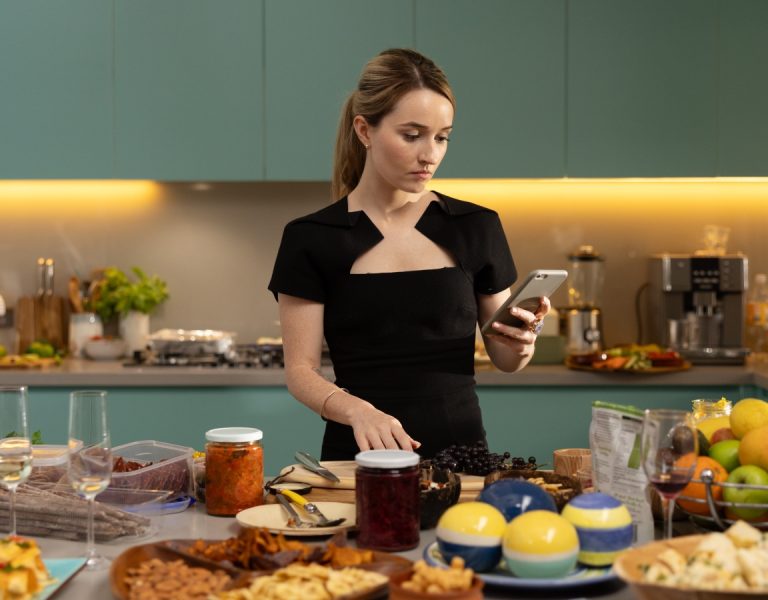BAFTA Breakthrough, supported by Netflix, celebrates the next generation of creative talent working in film, games and television. Wildlife cinematographer Pooja Rajkumar Rathod has been selected as part of the programme’s India cohort.
Could you briefly take us through your career so far, starting with who or what first sparked your interest in cinematography?
As a marine biologist, one of my jobs was to follow parrotfish, record their feeding behaviours and later watch those many hours of footage and analyse the data. I knew then that I enjoyed watching animals, being in their company and visually telling their stories to the world. So, I moved on from research to filming wildlife, for there are so many amazing things that animals do and so many amazing stories about them to share.
I love the fact that you can rarely plan a wildlife scene and how challenging that can be for a DP on field. You always have to be vigilant, keeping an eye out for behaviour, being patient, acting instantly in the moment, understanding light and positioning yourself to create beautiful imagery. You barely have time to think when the action actually happens and that’s the whole fun of it. That it is so instinctive.
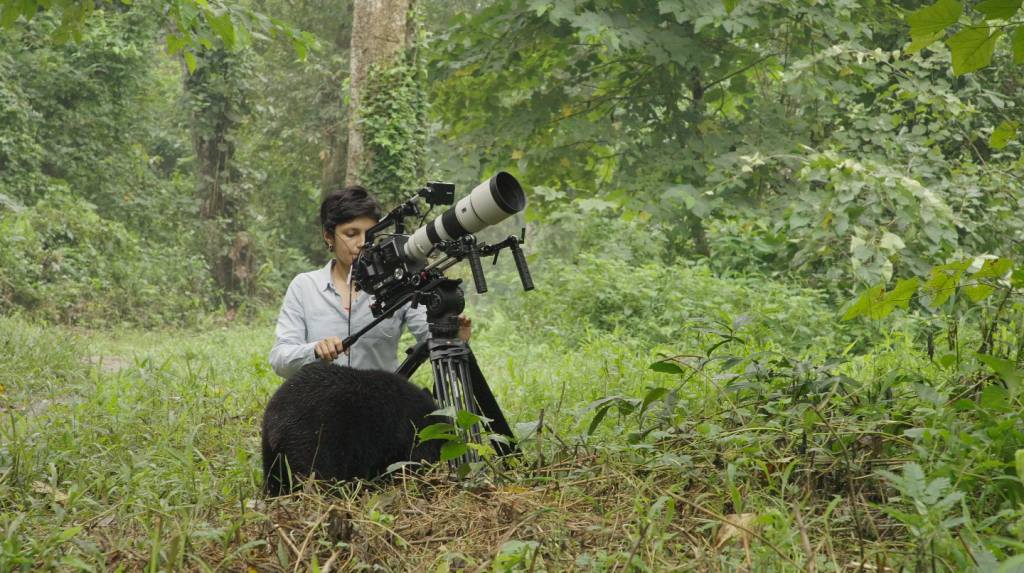
What qualities do you look for in a project before deciding to take it on?
Stories that have a powerful conservation message is always a pleasure to work on and something I look forward to. Other than that, I like projects that allow you a lot of time with animals, to follow them and understand individual personalities that can become great characters in the story. The more challenging the animal is to shoot, the more rewarding it feels when you finally get the shot.
What do you think is the secret to a successful DP-director relationship?
While shooting for a wildlife documentary, it is so important to communicate with the director every day, as one cannot always plan every scene of a wildlife story. You make notes of every little behaviour you shoot, discuss how that behaviour might add or fit in your story and together through discussions join the pieces to make a beautiful story. On a wildlife shoot, you are always at the mercy of the animal (hero) showing up and doing what you want it to do for your story. That doesn’t always happen unless your very lucky, have a lot of time, budget and patience. Given the scenario, the DP and director’s day-to-day involvement in the shoot is key to a good story.
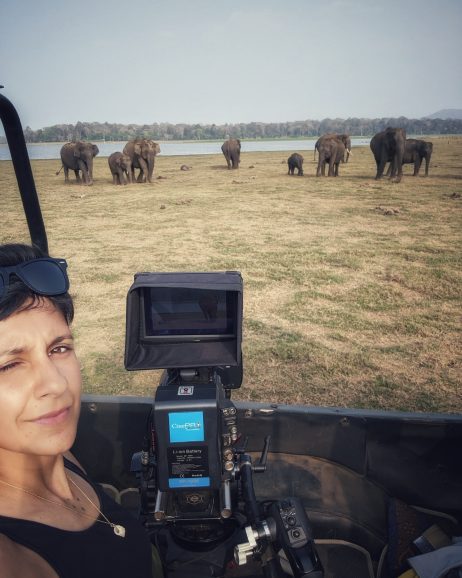
Which of your projects are you most proud to have lensed and why?
Filming wolves for The Real Jungle Book (ORF Universum, airing in 2024) has by far been my most favourite experience, as it posed challenges of filming wildlife living alongside people. A pack of Indian wolves going about their lives – every day crossing roads, railways, farmlands, people and still managing to hunt and raise a litter of four pups was an amazing adaptation to watch and film. Wolves are probably the hardest animals I’ve ever filmed for how clever and secretive they are.
What are you looking forward to professionally in 2024 and beyond?
I am looking forward to making my own feature film on Asian elephants that is currently in the development stage.
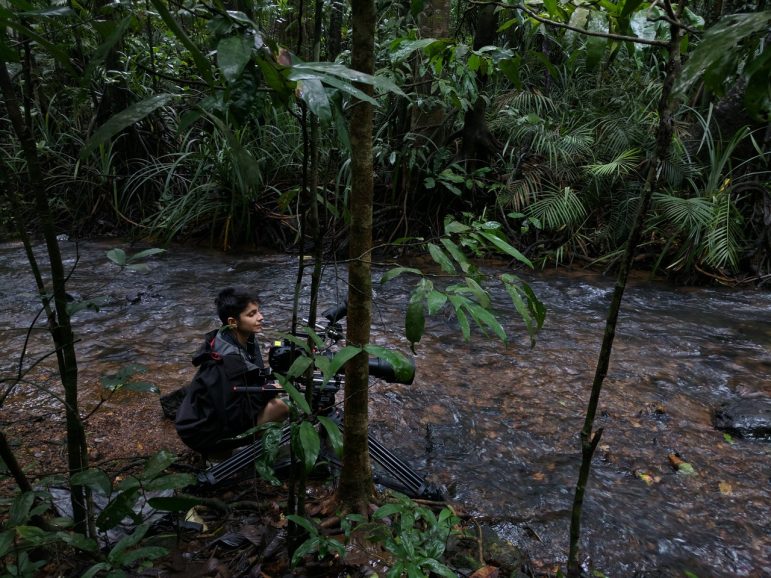
What does it mean to you to be recognised by BAFTA and what do you hope to get out of the programme?
It is an absolute privilege to be selected for BAFTA Breakthrough. Coming from the natural history world and not mainstream cinema, I wasn’t expecting it and I’m very excited to make the most of all the opportunities BAFTA has to offer. I’m hoping to network with industry professionals to explore and develop ideas of people and wildlife stories in mainstream cinema. There is a huge disconnect between people and nature, and films have the power to bridge that gap, inspire, change minds and make people care, which I believe is the need of the hour.
Find out more about BAFTA Breakthrough and the full cohort here.
